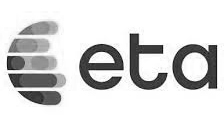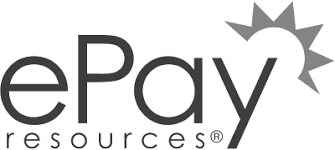PAYFASS
Payment Facilitation
PayFac-in-a-Box is a complete payment integration designed specifically for software applications, providing a seamless and all-encompassing payment solution.

Payment Facilitation
Experience the advantages of becoming a payment facilitator in less than 30 days with Payment Facilitation (PayFac-as a-Service), our streamlined all-in-one solution. Enjoy all the features and capabilities of a payment facilitator without the need for upfront investment, ongoing costs, risk, registration, or PCI and technical requirements.
By partnering with us and leveraging our PayFac-in-a-Box platform, you’re able to deliver a fully integrated PayFac solution that generates revenue instead of costs.
Become a Payment Facilitator
With Usio
1. Get in contact with a Usio team member
2. Experience automated onboarding and begin generating revenue within 30 days.
Without Usio
1. Find a processor that will sponsor you with a member bank and the card associations.
2. Pass an extensive underwriting process.
3. Put up significant cash reserves and personal guarantees with the bank or the processor and develop credit underwriting guidelines and anti-money laundering policies.
5. You must have the internal technical resources required to manage settlement and funding to your downstream customers.
6. Ensure that payments operations are in and remain in full compliance with PCI and other mandates from the card brands
Elevate Your Payment Experience
Integrated Payment Processing is Just One Click Away
Corporate Headquarters
-
3611 Paesanos Parkway Suite 300
San Antonio, Texas 78231 - 210.249.4100
Additional Locations
Austin Division
-
1800 E 4th Suite 132
Austin, Texas 78702
Usio Output Solutions
-
2416 Brockton Street Suite 105
San Antonio, Texas 78217









